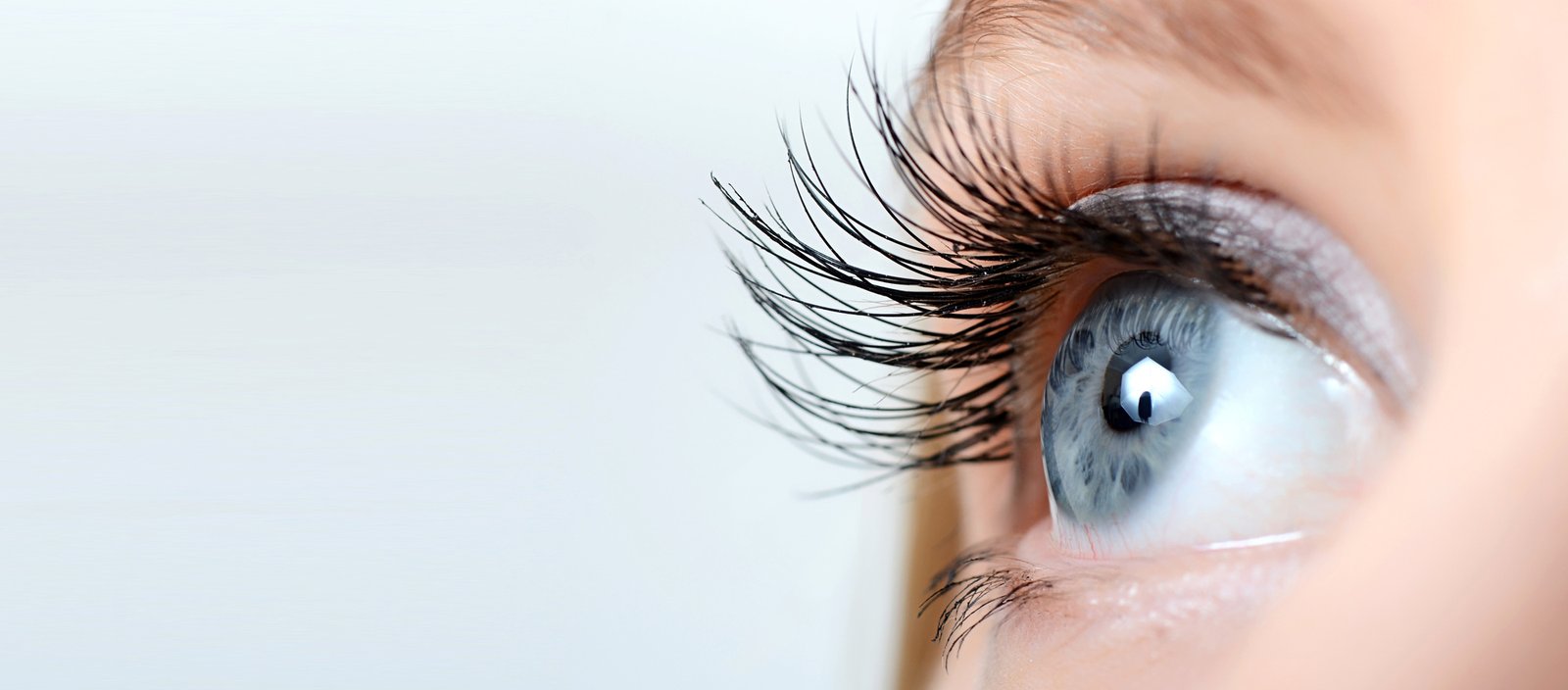Did you know that eye health and vision are fundamental to our overall well-being? If you or a relative suffer from common eye problems, it’s essential to act quickly to get them treated.
But what do you do about them? To ensure you’re getting the proper treatment, read our guide on common eye conditions and how to treat them.
Contents
1. Glaucoma
Glaucoma is a progressive eye disorder associated with optic nerve damage. It occurs when the pressure inside the eye becomes too high, causing a decrease in vision which can sometimes result in complete blindness.
Common symptoms include headaches, blurry vision, or seeing halos or rings around lights. It’s essential to have regular eye exams, especially as one ages, to catch any early signs. Treatment options are available, ranging from eye drops and oral medications to laser and surgical procedures.
2. Age-Related Macular Degeneration
Age-related Macular Degeneration (AMD) is a progressive eye disease that primarily affects people aged 50 years and older. It’s caused by deterioration of the macula, a small portion of the retina responsible for sharp vision in the center of the visual field.
Typical symptoms of AMD include blurred or distorted central vision, difficulty recognizing faces, and difficulty performing daily tasks like reading and driving.
Treatment includes regularly checking for vision changes, taking precaution ed wearing UV-blocking sunglasses, eating a healthy diet rich in fruits and vegetables, strictly following your medical doctor’s instructions, and going for regular eye exams.
3. Cataracts
Cataracts are a common condition that affects the eyes. A common symptom of it is when the clouding of the lens, making it difficult to see clearly.
It can affect people of all ages, but they are especially common in older people. When a person has cataracts, they may experience blurred vision, decreased contrast sensitivity, and problems with night vision.
The most effective and safest treatment for cataracts is surgery. Surgery involves replacing the damaged lens with an artificial intraocular lens (IOL) to enable clear vision.
4. Dry Eye Syndrome
Dry Eye Syndrome (DES) is a common eye condition that occurs when the eyes are unable to produce enough tears. This lack of tears makes it difficult for the eyes to remain lubricated, creating feelings of soreness, foreign body sensation, and light sensitivity.
Treatment for DES may include over-the-counter artificial tears, medications, and lifestyle changes such as avoiding environmental triggers.
Practicing good eye hygiene, wearing wraparound sunglasses, and dietary changes like increasing omega-3 intake can also help alleviate some of the symptoms.
5. Diabetic Retinopathy
Diabetic retinopathy is a common complication of diabetes that can result in vision loss and blindness. It occurs when high blood sugar levels damage the small blood vessels in the retina, the light-sensitive tissue at the back of your eye.
In the advanced stages, leaking, blocked, and swollen blood vessels can cause vision impairment. To prevent or delay diabetic retinopathy, it’s important to monitor your blood sugar levels and keep them under control.
Quitting smoking and exercising regularly can help manage the condition. Early detection is key and you should schedule regular eye exams and screenings with your doctor to look for signs of diabetic retinopathy.
Learn More About Eye Conditions Today
Common eye conditions, while they can range from minor to serious and require different treatments, can be effectively treated with professional care.
The best course of action is to consult a certified eye professional to assess your condition and develop a plan that works best for you. Schedule an appointment today and keep your eyes healthy.
Did you find this article helpful? Visit more of our blogs!



